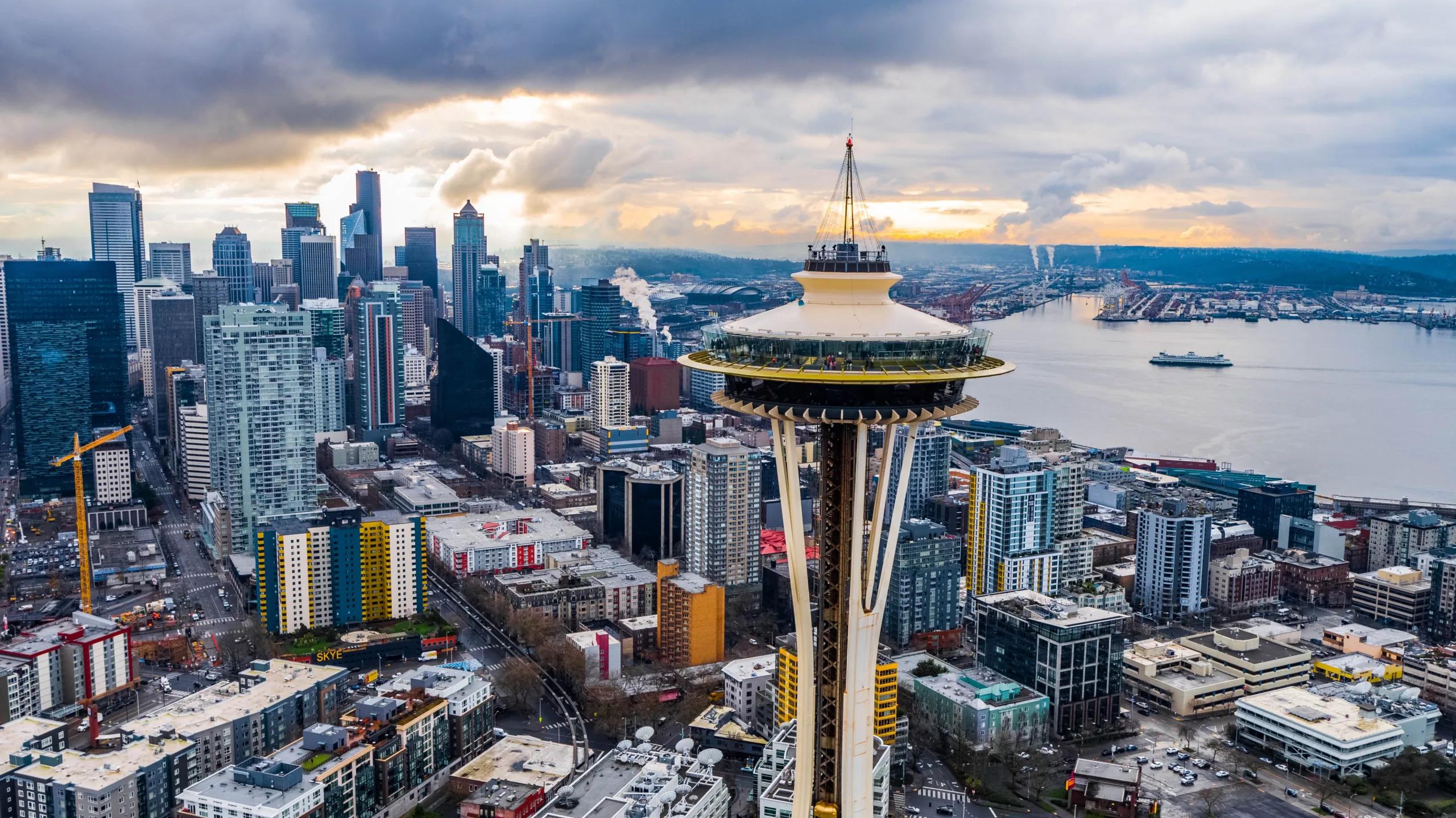In the picturesque expanse of the North American west coast, an enigmatic geological entity, the Cascadia Subduction Zone, lies dormant, concealing the potential for cataclysmic upheaval. Stretched from Northern California to British Columbia, Canada, this zone is an incubator of formidable earthquakes. However, the region’s seismic intricacies have remained shrouded in mystery. The emergence of the Cascadia Region Earthquake Science Center (CRESCENT), generously endowed with $15 million by the U.S. National Science Foundation (NSF), promises to transform the understanding of Cascadia’s seismic hazards. This seismic innovation seeks to unite the scholarly minds from 14 distinguished U.S. institutions, pioneering collaborative research to prepare for the inevitable shake-up.
A Better Understanding of Subduction Zones
The Cascadia Subduction Zone, a prodigious 1,100-kilometer-long (700-mile-long) tectonic plate boundary, delineates North America from the subducting Juan de Fuca plate. Beneath major metropolises like Seattle and Vancouver, B.C., the zone harbors its central fault – a menacing megathrust that descends eastward, silently accumulating energy. The last catastrophic rupture occurred in the year 1700, unleashing tsunami waves that traversed the Pacific. Despite its perilous potential, the Pacific Northwest has lagged in earthquake preparedness. Unlike California, where frequent moderate quakes have galvanized communities and policymakers into action, Cascadia slumbered in obscurity for generations.
“Scientists used to refer to Cascadia as an extinct subduction zone,” confessed Diego Melgar, a seismologist at the University of Oregon and the principal investigator behind CRESCENT. “It wasn’t until the 1990s that we realized, oh, crap, it’s still capable of making big earthquakes.”
Researchers have made strides over the past few decades, but a knowledge chasm persists, lamented Harold Tobin, director of the Pacific Northwest Seismic Network (PNSN). He explained, “There has been a strong focus in the U.S. on earthquakes along transform faults such as the San Andreas Fault, but we know less about subduction zones.” CRESCENT endeavors to bridge that divide, uniting the finest minds in earthquake science to navigate uncharted territories.
Lagging Earthquake Preparedness
The Pacific Northwest’s slumbering seismic awareness has indeed been a conundrum. Infrequent major quakes allowed complacency to settle in. Melgar underscored the gravity of the situation, “Major earthquakes are infrequent in the Pacific Northwest. As a result, the seismic hazard went unrecognized for generations.” It’s a paradox: the rarer the event, the less prepared society becomes, leaving them susceptible to a rude awakening.
The Birth of CRESCENT: A New Frontier in Seismic Research
CRESCENT aspires to be the catalyst for revolutionary change. Among its primary objectives is the construction of a community-endorsed model of the region’s fault lines. Melgar elaborated, “There are tons of crustal faults that we know surprisingly little about.” Armed with data from the PNSN, field studies, experiments, and cutting-edge computer modeling, CRESCENT scientists are poised to decipher the location and intricate 3D structure of these latent seismic triggers.
Unveiling Hidden Faults
Another vexing enigma revolves around the degree of friction within the subduction zone – the friction that keeps it locked, preventing gradual release. Locked plates accumulate stress, potentially leading to powerful quakes. Japan’s history, with its frequently locked subduction zone, serves as an ominous example. Melgar noted, “Most researchers have agreed that part of the Cascadia Subduction Zone is strongly locked, but the fine-scale details of where it is locked and where it is continuously slipping are unclear.” CRESCENT, as Melgar emphasized, aims to be the gathering point for bright minds to unravel these mysteries, thereby enabling more accurate forecasts of impending earthquakes, tsunamis, and landslides that could imperil Cascadia’s communities.
Unlocking the Secrets of Subduction Zones
Tobin underlined the pivotal significance of this research, “We need to bring our understanding of subduction zones up to the same level as for transform faults.” CRESCENT endeavors to merge the distinct realms of scientific knowledge, uniting experts in a harmonious quest for a safer Cascadia.
Translating Science into Action
Beyond research, CRESCENT seeks to catalyze an interaction between scientists and policymakers, local communities, and private industry. The mission is clear: make scientific insights actionable at all levels. Tim Dawson, manager of the Seismic Hazards Program at the California Geological Survey, heralded this initiative, emphasizing its multidisciplinary approach, which will “lead to new insights into the workings of subduction zones with practical applications for public safety, building more resilient communities, and developing the next generation of earthquake scientists.”
Conclusion
CRESCENT’s birth heralds a new era in earthquake science for Cascadia. Armed with substantial funding, boundless curiosity, and a passion for seismic safety, this convergence of scientific minds is set to unlock the secrets of the Cascadia Subduction Zone. By deciphering hidden faults and understanding the complexities of subduction zones, CRESCENT is poised to translate science into informed choices, ensuring that the people of Cascadia are better equipped to face the inevitable challenges posed by nature’s tectonic whims. With hope, knowledge, and preparation, the region may evolve from vulnerability to resilience, demonstrating the power of human endeavor in the face of Earth’s most formidable forces.
Earthquake : 34 Years of Resilience Since Loma Prieta
